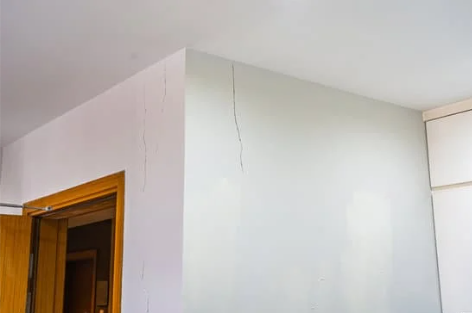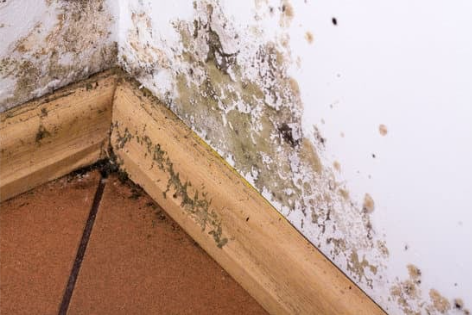Signs of poor ventilation in summer
You need to have a well-ventilated home all year round. Not just in winter. Having fresh, quality air flowing through your home significantly improves the health and wellbeing of your family and helps prevent any structural damage to your home. It’s easy to spot the signs of a poorly ventilated home in winter but what about summer?
Here are five things you need to keep an eye on to ensure your home is getting the proper air flow it needs!
Cracked wall paint
The number one cause of cracked paint is water exposure. High humidity and excessive condensation will penetrate through layers of paint causing it to separate and detach from the wall.
This occurs in areas with high water usage like your bathroom and your laundry room. In poorly ventilated homes, mould and mildew may start hiding within the walls, behind the cracked paint. It can be difficult to find and hard to get rid of. If left untreated, it can cause the wooden frames to rot away and will only lead to expensive repair bills!
Opening the windows will help with air flow, but a well-ventilated home will help push out excess water and bring in fresh air, removing any chance of mould and mildew from growing.
Mould & mildew
The buildup of mould and mildew on your furniture, clothes, walls, curtains and any organic material is a clear visible sign of poor ventilation in the house. The combination of moisture and restricted air circulation will create the ideal environment for mould to grow. Mould and mildew can cause a number of health problems when present in your home.
Musty smells
If you have a room that doesn’t get a lot of sunlight, you may notice some funky smells. And no, it’s not from your gym socks! If your room is dark and has poor ventilation, it creates the perfect environment for mould to grow and hide in.
Mould hides well in rooms. It could be hiding within your walls, under carpet, or even in your wardrobe. A musty smell is a signal that your room needs urgent help! Don’t let it sit there and thrive, take some time to inspect your room and find the source of the smell. Look in dark, damp areas where mould is most likely to grow.
Unpleasant smells are frustrating and hard to get rid of. They always seem to come back after a couple of days, even when you think you’ve gotten rid of the source. By installing a home ventilation system, you won’t have to suffer through any disgusting smells. Your room will smell fresh every time you step in!
Overheating and stuffy homes
We love a good Kiwi summer! Going to the beach and for a swim is a great way to feel refreshed but returning to a home that feels like a sauna isn’t so relaxing. A stuffy and overheated home is another sign of poor ventilation.
You can easily solve the problem by opening your doors and windows, but you can’t keep them open when you’re out for the day.
Installing home ventilation will push out hot air and replace it with cool, fresh air that maintains a consistent temperature throughout the house, even when you’re not home
Summer colds
Do you notice you or your loved ones have a sore throat, or they can’t stop sneezing in summer? Poor home ventilation could be the cause of the problem.
stop sneezing in summer? Poor home ventilation could be the cause of the problem.
If your home has a lack of airflow, pollutants like pollen and dust will build up causing health issues like allergies, and asthma. You need proper ventilation to push out these harmful pollutants to keep you and your family healthy all year round.
Prioritising a proper ventilation system in your home is a fundamental step towards ensuring the well-being of you and your family throughout the entire year. The significance of maintaining indoor air quality cannot be overstated, as it directly impacts respiratory health, reduces the risk of airborne illnesses, and contributes to an overall healthier living environment. Contact our experts today and learn more!


